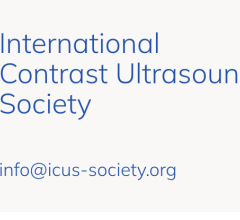News | December 03, 2013
December 3, 2013 — Cephasonics and Orcasonix, an ultrasound company specializing in imaging systems with depth-independent resolution, disclosed details of the Cephasonics design-in. Orcasonix used the Cephasonics cQuest Cicada platform to develop its first prototype imaging system, the Orca-1, and plans to commercialize the system in 2014 and go to volume production with the just announced cQuest Dragonfly system. Orcasonix is showcasing its new technology in Cephasonics’ booth at the Radiological Society of North America Annual Meeting (RSNA 2013) until Dec. 6. Visitors can also see Cephasonics’ latest technology, including Dragonfly.
“Cephasonics’ unique business model and flexible cQuest Ultrasound hardware/software architecture provided us with a fast way to prove our technology, develop a prototype and conduct initial clinical trials,” said Mati Shirizly, CEO, Orcasonix,
He said that his company’s imaging techniques will improve the scanning of challenging patients, including general abdominal imaging of obese, overweight patients.
Orcasonix developed a new ultrasound imaging system with depth-independent resolution that uses a novel patented approach of generating computed tomography (CT)-like images from sound echoes. The technology enables a low-cost hardware implementation with a virtually unlimited number of channels at a fraction of the cost of current systems. Signal and image processing is extremely efficient, thus significantly reducing the cost of the ultrasound system’s computer sub-system. The Orca-1 will be the first in a planned family of high-quality, cost-efficient imaging systems.
Cephasonics is located at Booth 8522 in Hall B at RSNA 2013.


 April 16, 2025
April 16, 2025 








